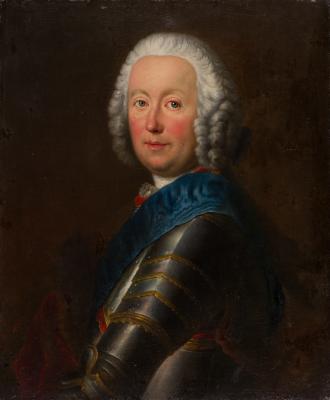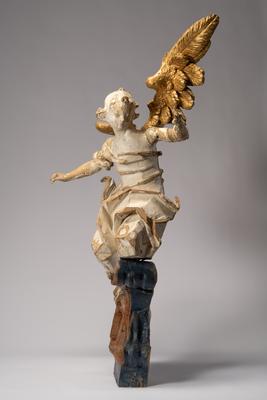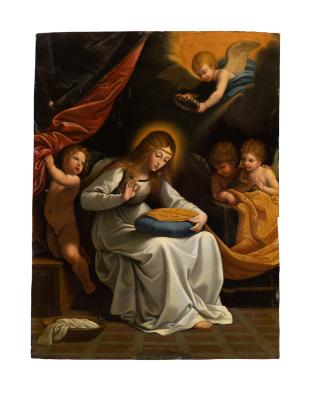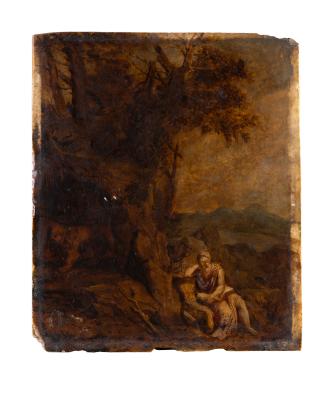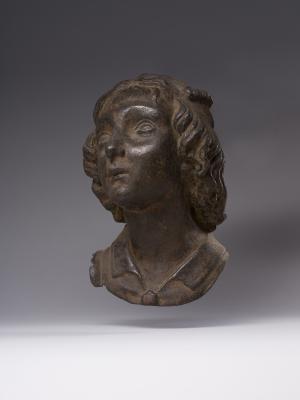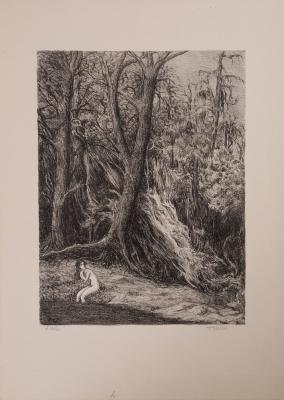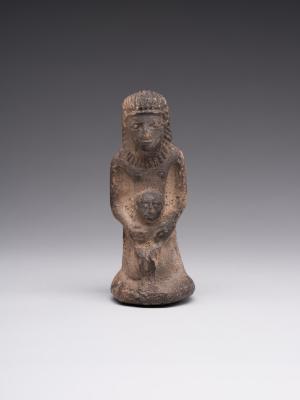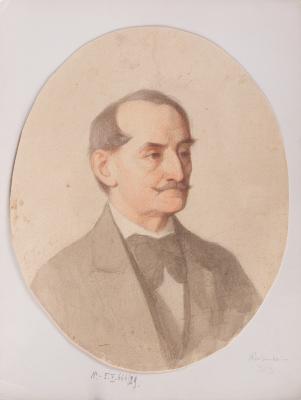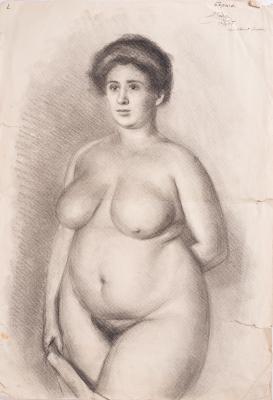Man Kneeling (a sketch)
Mykhailo Boichuk
- ID
- ФМз-Г-V-17
- Author
- Mykhailo Boichuk
- Name
- Man Kneeling (a sketch)
- Date of creation
- 1910s
- Country
- Ukraine
- Technique
- drawing
- Material
- paper pencil
- Dimensions (height x width, cm)
- 30.3 x 21.2
- Type
- graphic art
- Genre
- genre art
- Provenance
- Yaroslava Muzyka Fund









